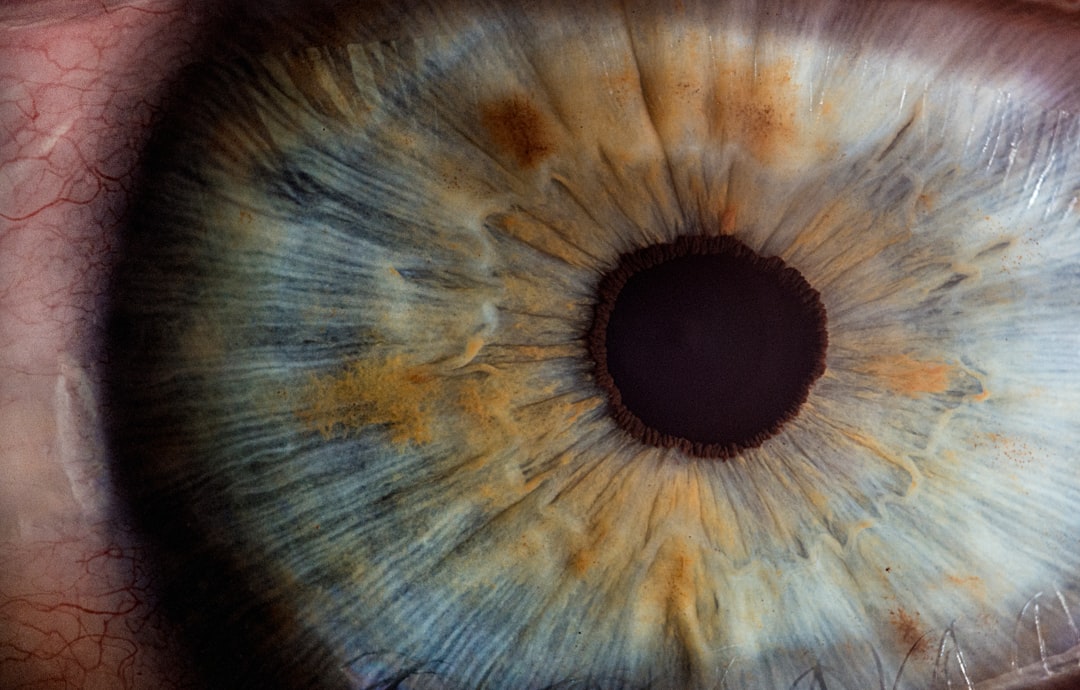What is it about?
Sturge-Weber syndrome (SWS) is a rare neuro-ocular-cutaneous syndrome that affects about 1 in 50,000 newborns. It was estimated that 30% to 71% of SWS patients can display glaucoma, which is a worldwide leading cause of irreversible vision loss. The treatment of SWS secondary glaucoma is still a great challenge. In this study, we first described a novel surgical method, combined trabeculotomy-non-penetrating deep sclerectomy (CTNS), for SWS adulthood-onset glaucoma and early-onset glaucoma patients with severe episcleral vascular malformation.
Featured Image

Photo by Nikola Johnny Mirkovic on Unsplash
Why is it important?
Our results indicated that CTNS significantly reduces IOP in SWS secondary glaucoma patients who have serious episcleral vascular malformation and is safe and effective for short and medium periods. This provided a new approach to the treatment of SWS.
Perspectives
Our team has been committed to Sturge-Weber syndrome (SWS) research for more than 10 years. To date, we’ve screened 2000+ facial port-wine stain (PWS) patients and the number of cases diagnosed with SWS secondary glaucoma has increased to more than 600. We hope this article does make some difference in treating SWS secondary glaucoma.
Wenyi Guo
Shanghai 9th People's Hospital Affiliated to Shanghai Jiao Tong Niversity, School of Medicine
Read the Original
This page is a summary of: Combined Trabeculotomy-Non-Penetrating Deep Sclerectomy for Glaucoma in Sturge-Weber Syndrome, Ophthalmic Research, June 2023, Karger Publishers,
DOI: 10.1159/000531143.
You can read the full text:
Contributors
The following have contributed to this page










